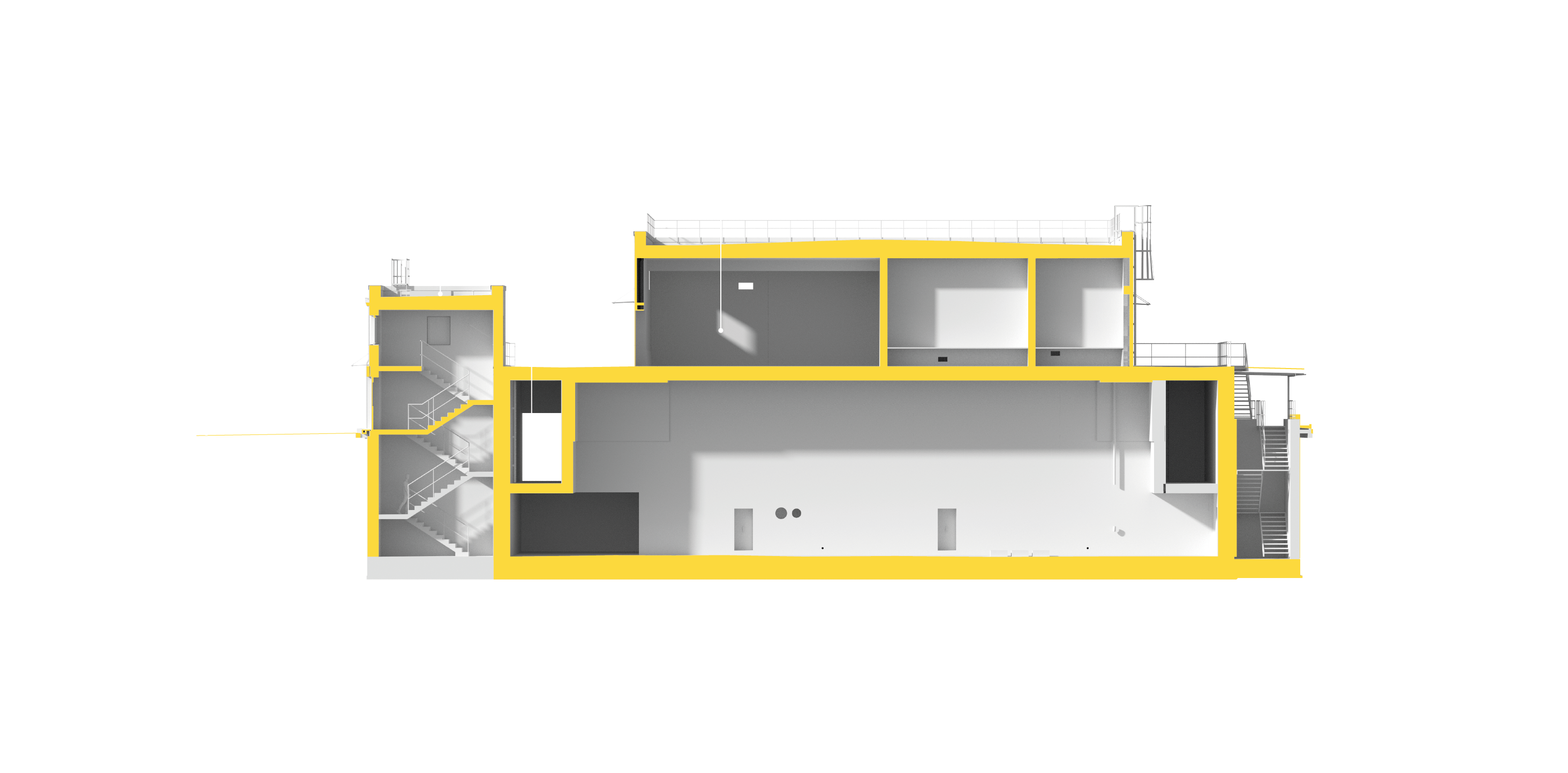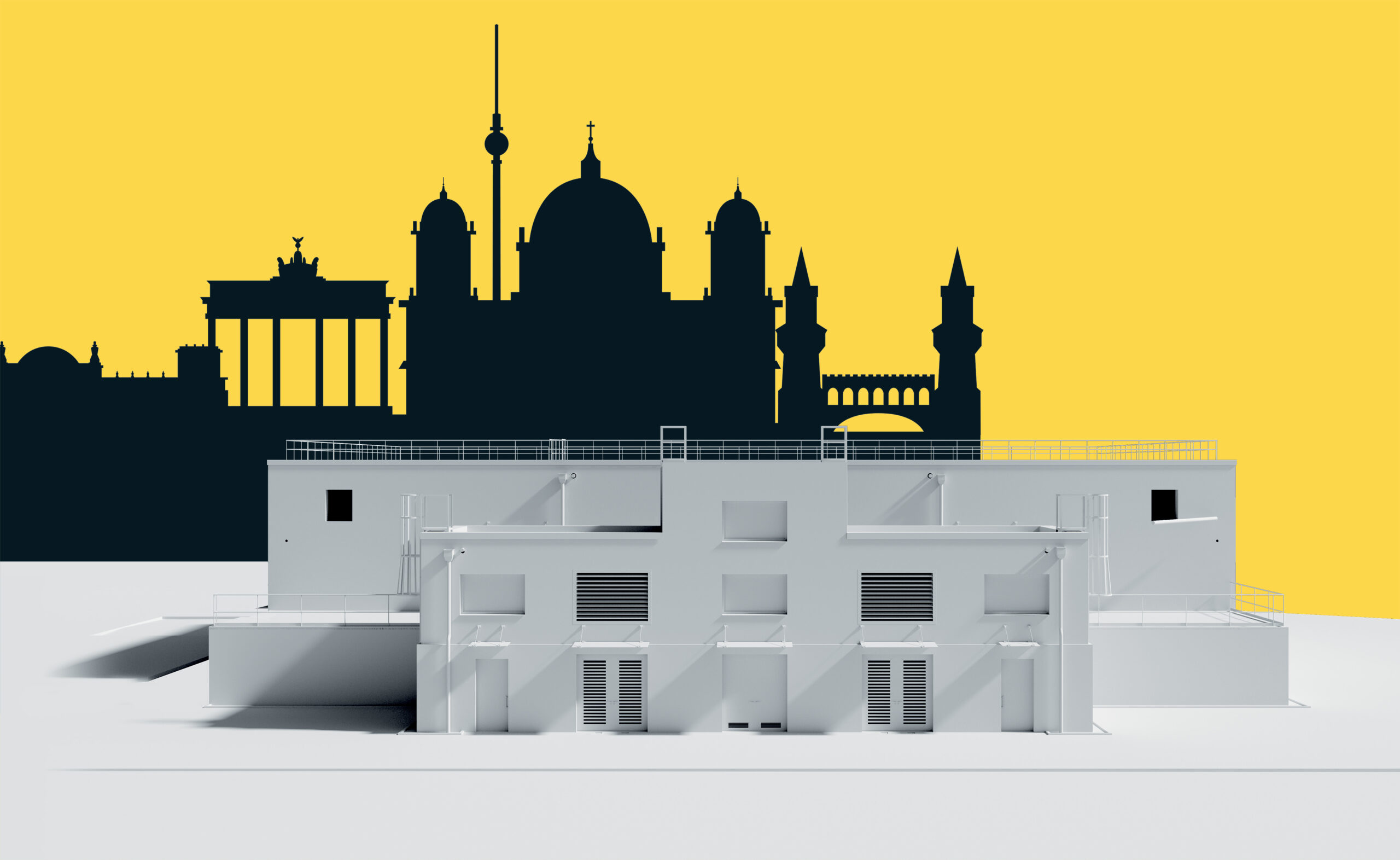The Berlin ozone reactor
Reinforced concrete for industrial plants.
The construction of the Schoenerlinde ozone reactor is the first step in an ambitious project of the Berliner Wasserbetriebe (BWB), the water management company in Berlin, so that a new purification process can be developed to ensure better quality water for the system in the German capital and, as far as possible, reduce the introduction of human traces to Lake Tegel, which supplies the drinking water for Berlin.
The Schoenerlinde plant is the third largest water purification plant in Berlin and the largest ozone plant. It can service 800,000 people and has been designed for a volume of about 2.1 m³/sec in dry weather and 3.8 m³/sec when it rains. This is the background to the development by NET Engineering of the working drawings for the reinforced concrete (structural steelwork and rebars) for the planned civil works.



The project for the new ozone reactor, the technological development of the existing plant in Berlin, provides for the mechanical and biological purification of black water which then flows to a second plant through an underground ducting system and the phosphate elimination process takes place there. The water is returned to the Tegel basin at the end of the operation.
The water from the Schoenerlinde flows area into the reactor where there are four tanks for the chemical-physical and mechanical purification processes. As the tanks, which are on the two basement levels of the building, are subject to internal and external pressure and significant chemical aggression which compromises the durability of the concrete, a special design of both the structural steelwork and rebars and the on-site casting operation was set out.
The ozone makes the project specially complex and implies respect for very strict criteria for the sizing of the sections and the rebars with regard to fissuring, as set out by German legislation on this type of hydraulic industrial construction.
Very short frequent casts were planned to deal with the problem. The continuous armatures were fitted with a special coating at each vertical and horizontal casting cycle to ensure a longer life for the work.
The project was developed entirely using BIM. NET Engineering developed a structural model essential for optimal design in a particularly complex context from the rebars prospective.
